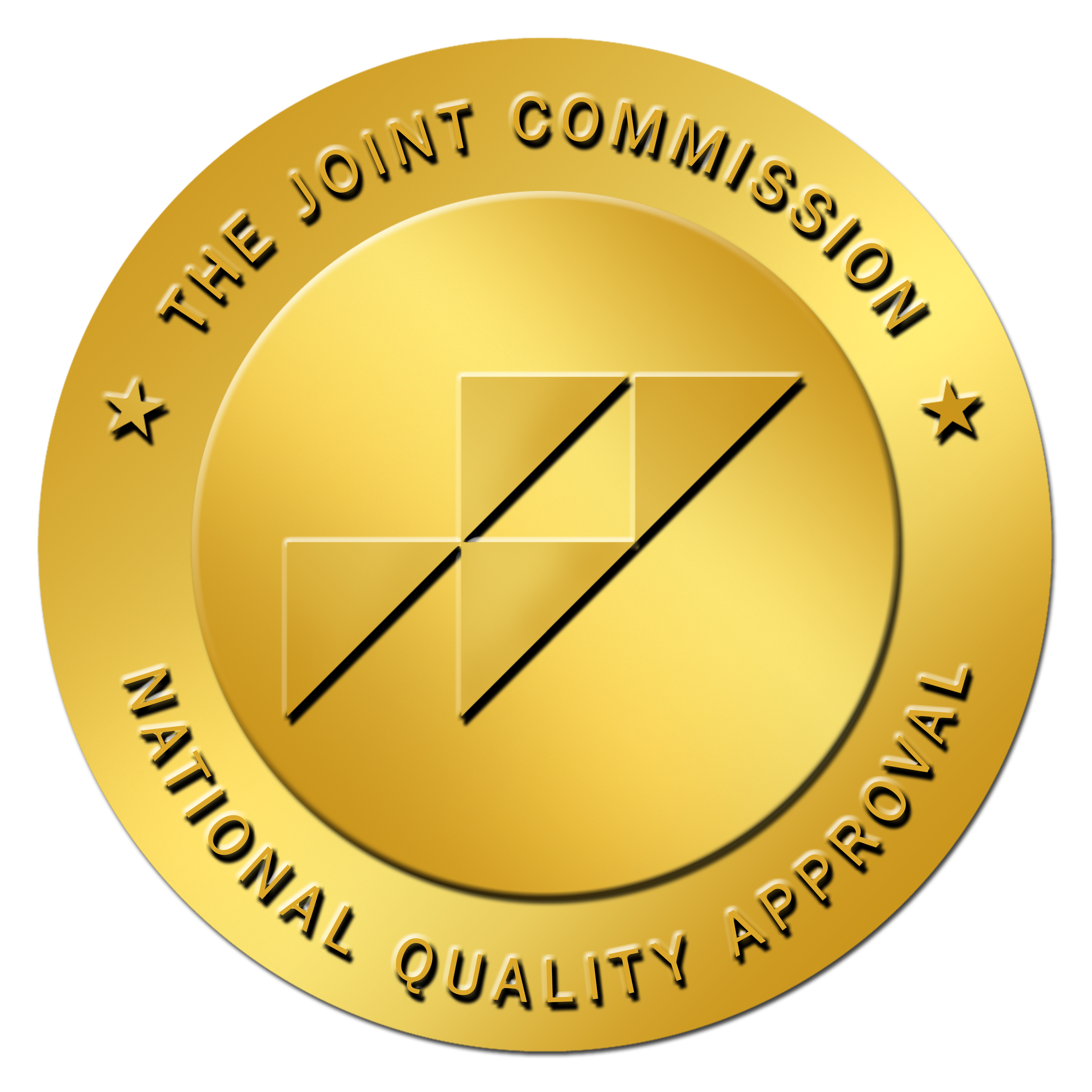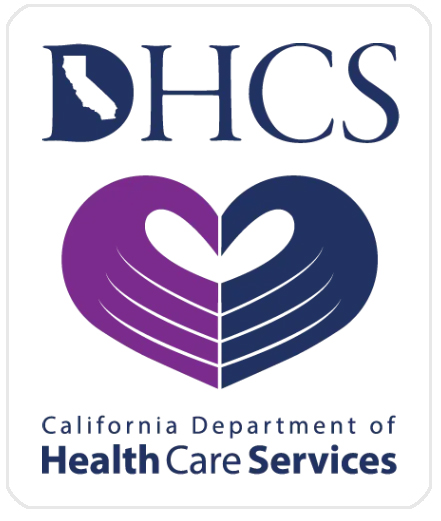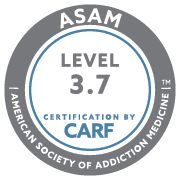
There are three basic forms of detoxification – Medically supervised, Self-detox, and Abstinence only. Each has its advantages and disadvantages. Detox and treatment differ according to the type of drug used. During the first phase, medications are prescribed to prevent or minimize the effects of withdrawal symptoms. The purpose of this stabilization stage is to ensure medical stability during the withdrawal process. During the second phase of detox, medications are given to help patients maintain mental and physical health.
Inpatient
Detoxification is the first step of a total drug addiction treatment program. It is an essential first step because it helps the body remove toxins and begin the healing process. During this process, the addict will experience uncomfortable withdrawal symptoms, which are monitored and managed by the rehab staff. Withdrawal symptoms vary based on the substance, length of abuse, and physical condition. Inpatient detox and treatment programs are geared toward addressing all of these issues, ensuring a smooth transition from substance use to a sober life.
Inpatient treatment centers often offer medications that help the addict to deal with the symptoms of withdrawal. These medicines can help with the withdrawal process, reducing the duration and severity of the symptoms. Inpatient treatment also focuses on preparing the addict for the second part of recovery, which involves psychological counseling and rehabilitation services. In addition to detoxification, the inpatient treatment center will also help the addict form a support network. Inpatient treatment facilities can offer the support of other addicts who are undergoing the same process.
While outpatient detox and treatment are both effective, inpatient detox is the safer option for some. Patients are monitored 24 hours a day by professionals and receive medical care around the clock. This is extremely comforting for someone suffering from intense withdrawal symptoms. Also, the inpatient detox environment gives the client time to focus on their recovery, away from the daily stresses of life. It’s a good idea to get help early for your recovery.
When you check into a detox center, you’ll be met by a nurse or licensed anesthesiologist. The nurse or anesthesiologist will begin the detox protocol, which consists of drug and alcohol screenings and medical evaluations. During this stage, the patient will undergo a medically-induced deep sleep for up to six hours. The process will continue until the patient is able to successfully detoxify.
While outpatient detox and treatment may be more affordable, inpatient care can help you achieve lasting sobriety and recovery. Inpatient care keeps you in a secure environment for three to four weeks, while intensive outpatient rehab allows you to practice your new behaviors outside of the facility. This type of care can also help with the transition to an outpatient treatment setting. Inpatient care offers the highest chance of long-term sobriety.
Self-detox
There are several different types of detoxification methods available. In some cases, people can self-detox without medical supervision. Self-detox is an effective method if a person has no medical history or significant physical dependence on a substance. Self-detox can involve tapering substance use or going cold turkey. The individual who self-detoxes should avoid substance-related triggers and engage in activities that keep the mind off the substance.
Withdrawal symptoms can be quite severe. The brain is trying to regain balance. People who have recently stopped using narcotics or alcohol may experience intense mood swings, muscle aches, and nausea. The drastic changes in chemical levels within the body may lead to physical symptoms, including dehydration, nausea, and even death. However, most experts recommend undergoing detox in a medically-supervised facility.
When undergoing drug withdrawal, it is important to seek emotional support. However, while family and friends may want to provide support, they should not try to discourage someone from getting help from a professional. People should refrain from criticizing or making fun of a person going through drug withdrawal. They should not give them money to buy drugs, either. A good way to get support from others is to check-in with them regularly.
There are many benefits of going through detoxification. Using a medically-supervised detox process can help you safely manage withdrawal symptoms, reduce relapse rates, and improve the quality of life. In many cases, a professional detoxification program will also provide the necessary medication and other medical supervision. It is an important part of substance abuse rehab, but most people don’t know about it. It isn’t a “quick-fix” weight loss remedy.
There are many benefits of detoxification, including the reduction of crime, healthcare costs, and lowered risk of relapse. Although it may not be a cure for addiction, it is an important step toward recovery. The AMA has promoted the treatment of addiction as a disease, which has led to an evolution of the field. Some reimbursement policies now only allow detoxification while excluding nonmedical counseling.
Medically supervised
Inpatient medically supervised detox and treatment can be effective for a number of reasons. Patients can receive medication that helps them cope with the unpleasant withdrawal symptoms of drug abuse. In addition to easing the symptoms of withdrawal, the programs can also address the psychological aspects of drug addiction. Some facilities even offer 24-hour medical monitoring. To determine which treatment is best for your needs, consult with your doctor or a health professional. Inpatient care is recommended in cases of severe drug addiction.
Aftercare is important for successful recovery. A medically supervised detox will help you continue your recovery in a safe and structured environment. Typically, the detoxification period will last between three and seven days, depending on the substance used. Some drugs clear the body quickly while others can have severe withdrawal symptoms that require medical intervention. A longer detoxification period is recommended for people with severe drug addiction, as the withdrawal symptoms from drugs can be severe.
A medically supervised detox and treatment facility is an important first step to recovering from drug addiction. The treatment process begins with an assessment, to ensure that the patient will receive the appropriate level of care throughout the detoxification process. Once the detoxification period is over, a person will be prepared for the next step in recovery. An onsite medically supervised detox program also ensures that the patient will receive the best possible care.
After the physical symptoms of withdrawal have cleared, the treatment process for psychological dependency begins. Psychosocial and holistic therapies will be offered, such as yoga and art therapy. Family therapy may be offered to restore damaged family bonds that have been affected by the drug abuse. In residential rehab, clients will receive treatment and learn new coping mechanisms to help them move forward with their lives. With the help of these resources, residential rehab centers are the safest and most comprehensive way for clients to undergo detoxification and complete treatment.
Abstinence only
The benefits of Abstinence only for detox and treatment are well documented. It is a comprehensive treatment option that addresses the physical, psychological, social, and spiritual aspects of addiction. It is client-centric, culturally sensitive, and gender-specific. It addresses deeply embedded blocks and processes childhood traumas, developing individualized relapse prevention strategies, and tackling ongoing challenges. It is also perceived as a path towards long-term recovery.
Some addictions specialists disagree with this method, citing its rigidity. They believe that harm reduction approaches are more effective in some cases, while complete abstinence may be best for others. Some addictions professionals believe that abstinence is an unworkable solution, but it is important to keep in mind that the philosophy is rooted in science, not dogma. Abstinence from certain foods is unrealistic, and some people simply can’t do it.
Despite its benefits, abstinence-only treatment is an extremely intimidating prospect for many people struggling with drug abuse. Many people who struggle with addiction find the idea of complete abstinence a daunting task, and this fear often deters them from seeking treatment. As a result, many people don’t seek treatment and continue to use drugs, prolonging their recovery and the likelihood of relapse. Abstinence-only programs often combine psychotherapy with therapy in the same program, but a combination of both therapies may be most effective for some individuals.






